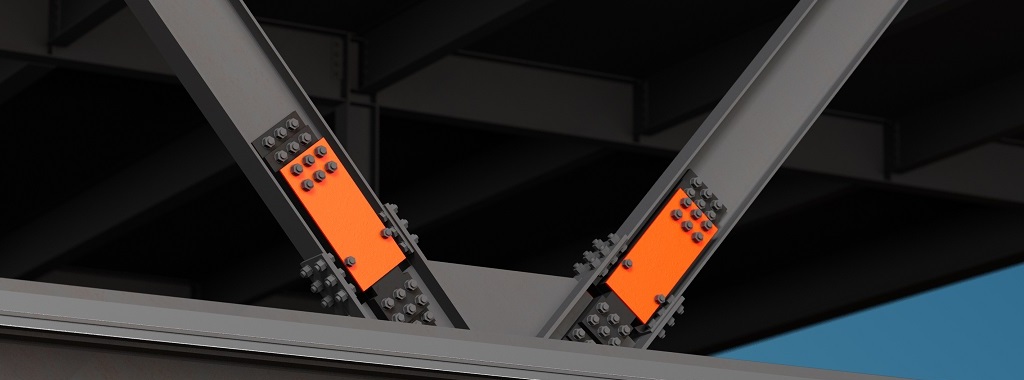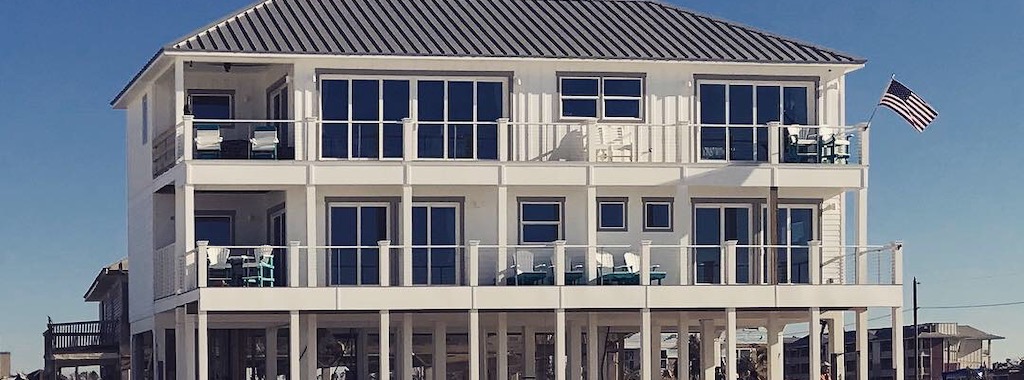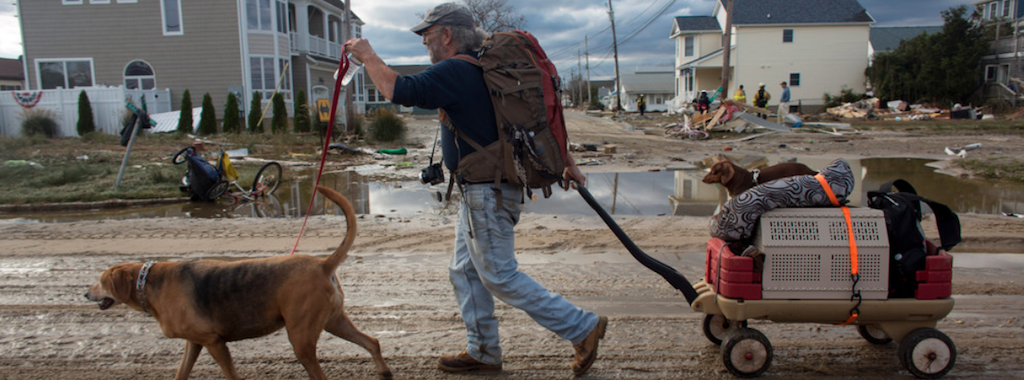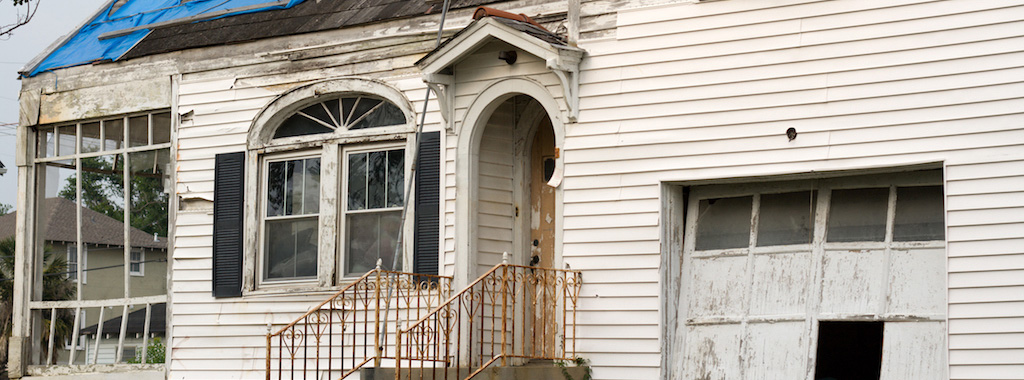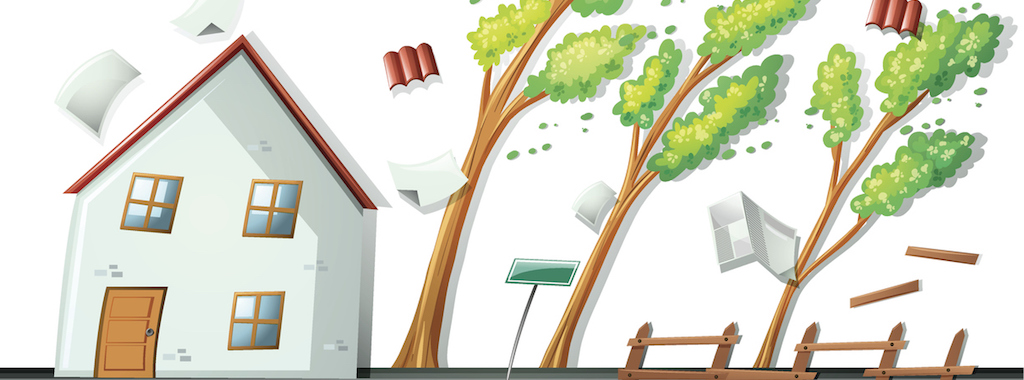As we’ve seen with the hurricane seasons of that past decade or so, homes are not always built to be storm resistant. During the 2017 hurricane season, countless homes and buildings were severely damaged or destroyed, leaving thousands of families displaced. It will take years for communities to rebuild and recover from such devastation.
Fortunately, there are solutions that can help protect your home from a hurricane or high-wind event. Building your home to meet or exceed code requirements can have a significant impact on whether your home withstands the next big storm. Many parts of the country follow the International Building Code, which establishes design standards for new home construction. If properly enforced, these codes help strengthen homes and protect them from storm damage.
Continue reading “5 Steps to a Safer and More Storm-Resistant Home”


